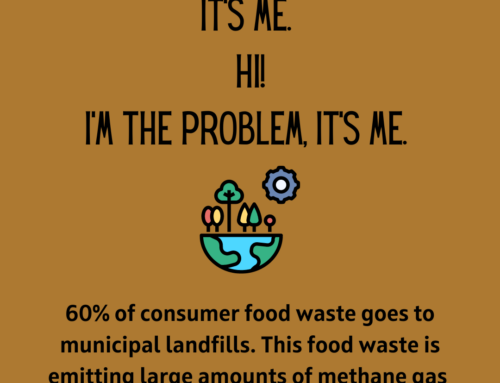The United Nations has designated 2021 as the International Year of Fruits and Vegetables. I will continue to encourage you to add more fruits and veggies to your diet. However, learning how to shop and store them is important too. Fruit and veggies are in the top three food categories of food waste. I have been spending the past several months doing research for a book that I’m writing about consumer food waste (January 2022).
In the United States, it’s estimated that 31 percent of the food supply is lost or wasted from the retail and consumer levels. Click To TweetAs a child of “depression parents” I was brought up to waste nothing. Not time, not resources, not food. I encourage you to take small steps toward less food waste in your home.
Store it right!
Food at room temperature can double the growth of bacteria that causes food borne illness every 20 minutes. Put foods that require refrigeration directly into the fridge after shopping or after dinner or prep. Keep your refrigerator at the right temperature. Refrigerators are set to 38-40 degrees, and freezers to zero. Use airtight, reusable containers to store leftovers, and keep some reusable bags on hand for taking cut veggies on the go, or to store small amounts of leftover bits.
To save herbs, wrap tender herbs like parsley in a paper towel and store in the refrigerator. Keep basil stems in a small glass of water on the counter. Or consider an herb savor.
Let’s face it, did you even look at the manual that came with your fridge? There’s actually good info in there! Learning how to use your appliance properly can reduce food waste and even save you money. Check your appliance manual for how to best use all of the compartments you have. Vegetables like leafy greens prefer the higher moisture drawers. High ethylene foods should be kept separated from other produce.

Stay tuned, as I’ll be sharing many more tips in the near future that can help you reduce food waste.




